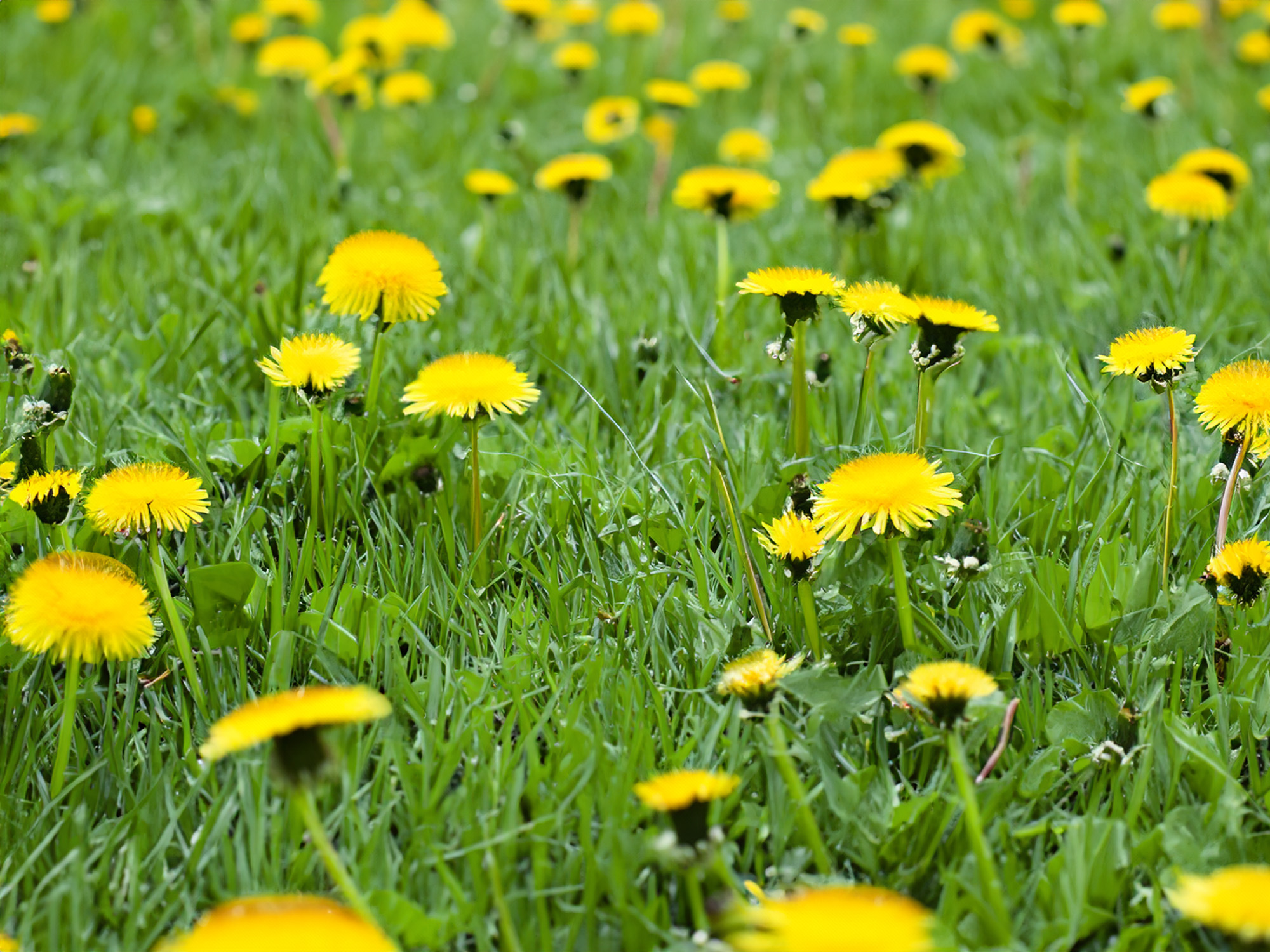K-State expert urges proactive approach to preventing weeds
Fighting weeds in the lawn can be an all-season battle, but Kansas State University horticulture expert Cynthia Domenghini said preventive measures can be taken now to prevent a weed invasion later.
Below are common reasons why weeds invade lawns:
- Improper mowing: Mowing too low and too infrequently thins the turf, allowing weeds to get started.
- Improper watering: Frequent watering encourages weed seed germination, disease, thatch, and a shallow-rooted turf that is less competitive with weeds for soil moisture and nutrients.
- Improper fertilizing: Fertilizing too much, too little or at the wrong time may benefit weeds more than grass.
- Insect and disease Injury: Weeds rapidly invade lawns that are thinned by insects and diseases.
- Compacted soil: Soil compaction is a hidden stress on the turfgrass root system. The grass is unable to compete effectively with weeds.
- Excessive wear: Turf areas used for recreation and sports are subjected to wear and compaction.
- Wrong kind of grass: The wrong kind of grass for the location will gradually decline and be invaded by weeds.
- Environmental stress: Weeds often take over a lawn after it has been weakened and thinned from weather-related stress.
- Thatch: Excessive thatch causes shallow-rooted grass and contributes to insect and disease problems.
Domenghini and her colleagues in K-State’s Department of Horticulture and Natural Resources produce a weekly Horticulture Newsletter with tips for maintaining home landscapes and gardens. The newsletter is available to view online or can be delivered by email each week.
Interested persons can also send their garden and yard-related questions to Domenghini at [email protected], or contact your local K-State Research and Extension office.



